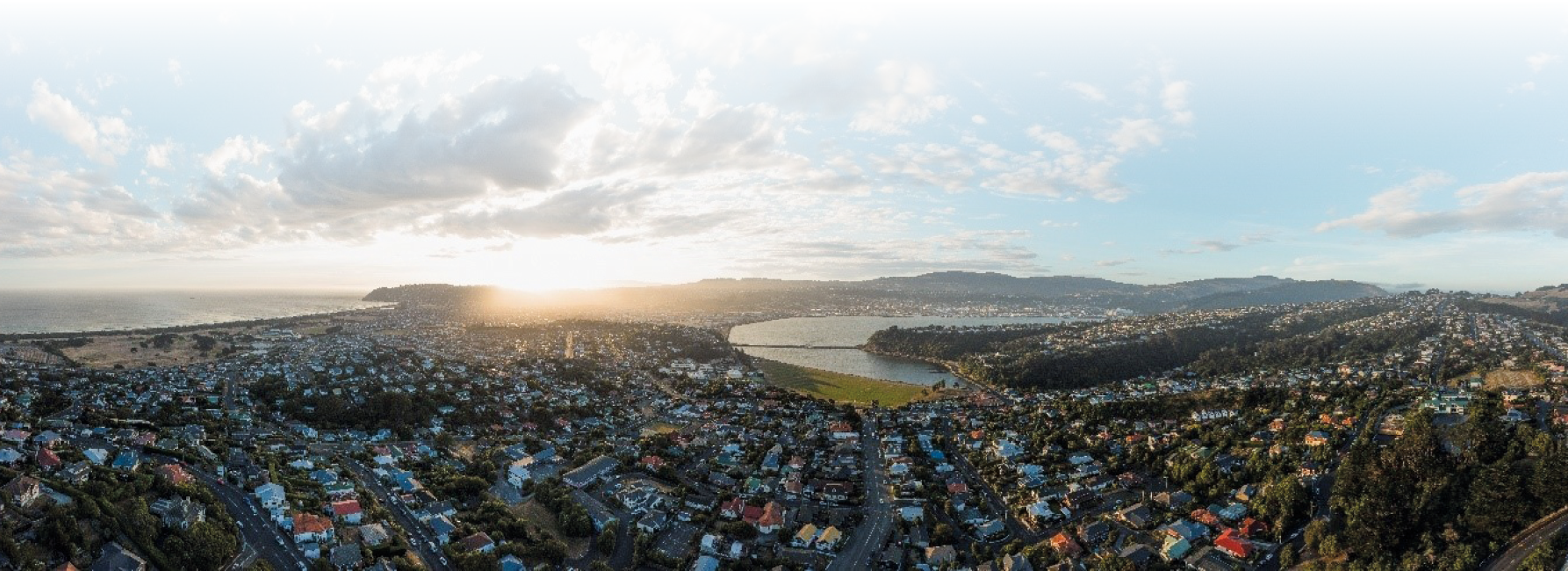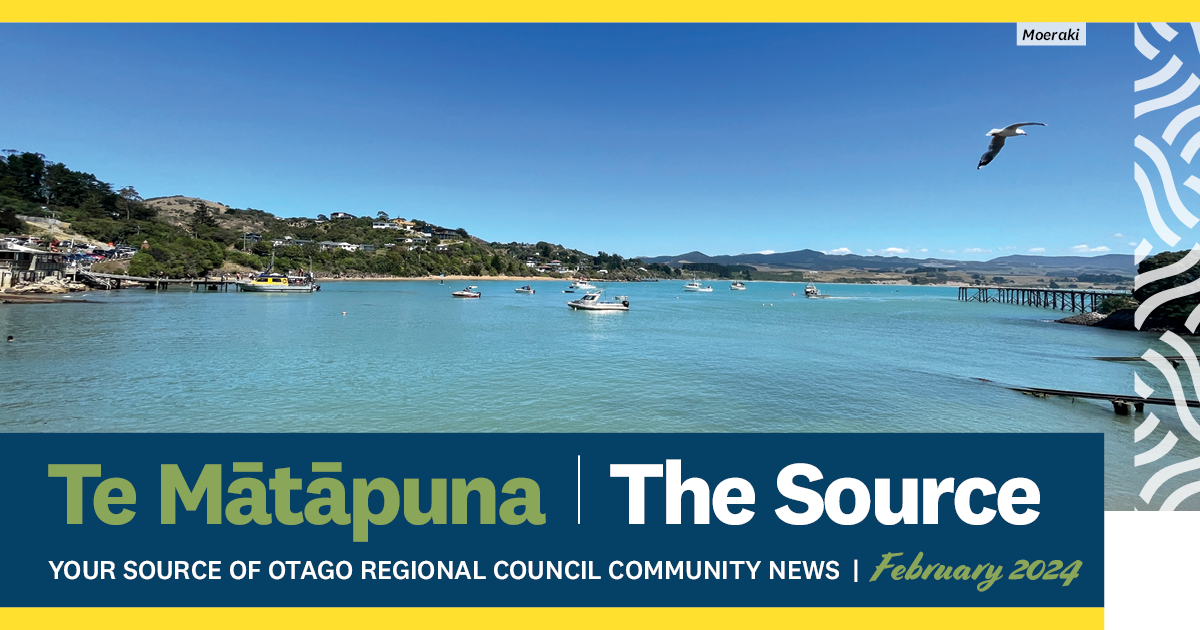-
-
-
-
-
-
-
-
-
-
The Source - February
-
-
-
-
-
-
-
... and welcome to our first newsletter for 2024.
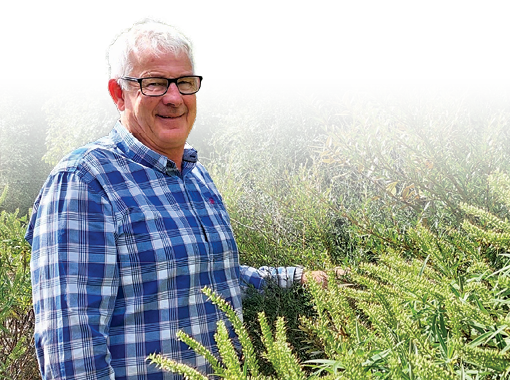
As the year begins, our staff have been hard at work preparing our Draft Long-term Plan. Soon we’ll be coming to you with the proposed programme of work looking 10 years ahead, your opportunity to influence our future planning.
This is a really important chance to share your thoughts on how rates are spent, and what they should go towards. We value your input into the development of our Long-term Plan, so please take the time to tell us what you think.
What are your key environmental priorities, your public transport needs? We are looking to provide improved public transport where it is feasible in the region — what do you think?
How should work be funded? What is fair, and what are the ‘must haves’ vs the ‘nice to haves’? ORC is responsible for managing Otago’s environment and how people use our precious land and water resources. We are unashamedly environmentally focused — we can’t afford not to be, and we all need to do our part. We want your views on how ORC might support significant environmental funding.
The time is coming from late March to get involved and participate in our LTP process. We are looking forward to hearing your thoughts and talking with you. So, watch out for opportunities to give your feedback and meet with Councillors. A special edition of this newsletter in March will explain what you need to know.
Kā mihi,
Lloyd

We recently got together with Otago Fish and Game to remove brook trout from Pisgah Creek, a tributary of the Kye Burn to the east of Ranfurly township — giving threatened native galaxiids a fighting chance to boost their numbers. The trout were relocated to Coalpit Dam using a fish transportation unit, and, just quietly, there were some decent-sized ones too — happy news for anglers. Kye Burn farmers have been right behind this work which will hopefully protect the dwindling galaxiid species from extinction.
Our annual ECO Fund round for community projects opens on 1 March, with a boost to available funds meaning it’s now around $900,000.
This year the combined ECO Fund and four Incentives Funds is joined by a one-off, large-scale biodiversity fund — targeting projects in the range of $50,000–$150,000. The funding is our way of partnering with local communities throughout Otago to improve the environment.
Even if you have applied before, it’s a good idea to review the ECO Fund information on our website and get in touch with the ECO Fund team to discuss potential applications by emailing ecofund@orc.govt.nz or calling 0800 474 082.
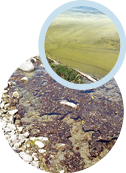
A stick! But make sure that's all your dog fetches this summer — keep an eye out for toxic algae.
Toxic algae, or cyanobacteria, thrive in warm, nutrient-rich conditions and when river flows are lower than normal — many of these blooms are fairly common at this time of year.
In lakes and ponds, it looks like pea soup, and in rivers, it looks like black-brown tar on rocks and in mats on the riverside. If in doubt, stay out! If ingested, toxic algae can cause significant illness and can be fatal for dogs, who can be particularly attracted to the smell of algal mats from rivers.
Signs that a dog may have consumed toxic algae include lethargy, muscle tremors, fast breathing, twitching, paralysis and convulsions, and should be treated as an emergency and referred to a vet immediately. Any human experiencing a reaction from contact with toxic algae should seek urgent medical attention.
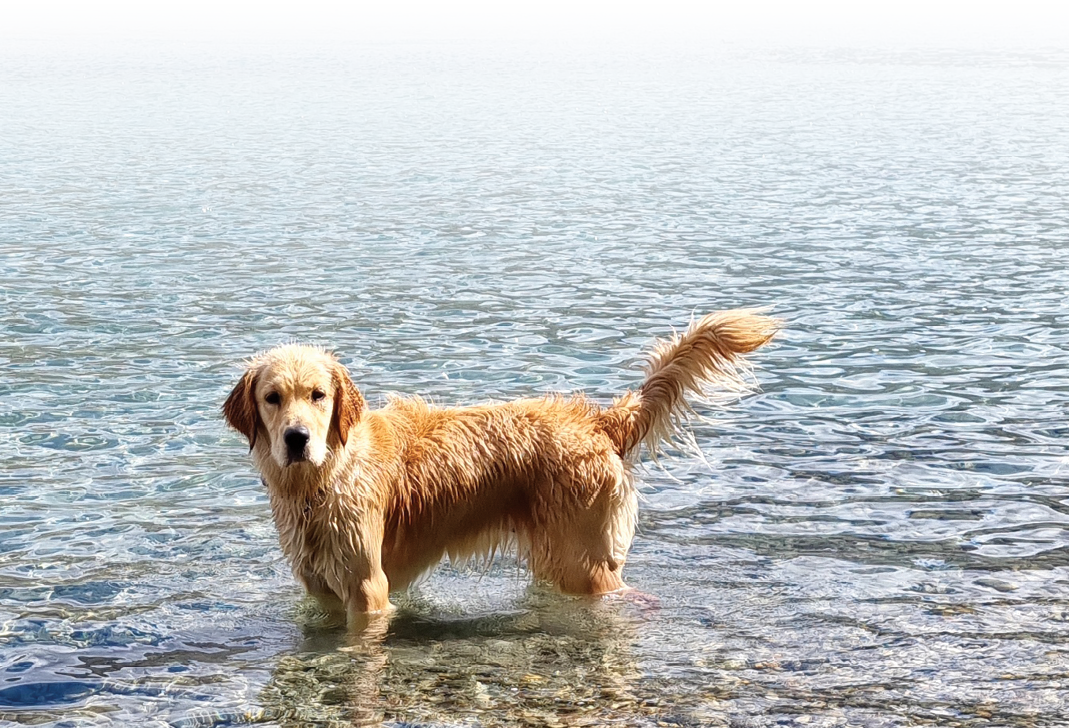
Reba enjoys a dip in the water
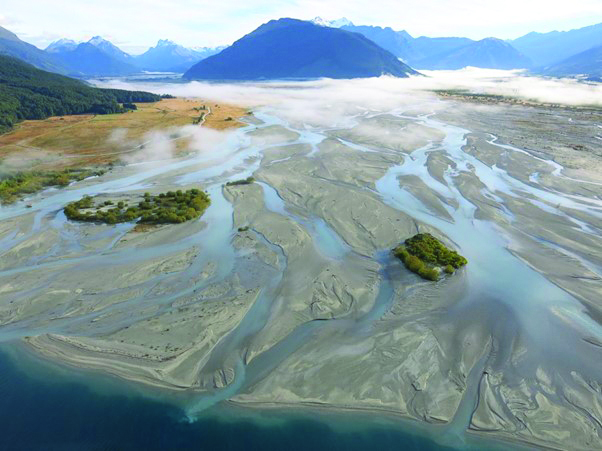
Dart River near Glenorchy
The latest round of ORC’s draft Land and Water Regional Plan (LWRP) was completed on 6 November, with 573 people and organisations from across the region filling in feedback forms.
ORC’s Manager Policy and Planning, Fleur Matthews, was extremely pleased with the 573 responses, up a whopping 590% on the previous round’s of 83.
Altogether, over a two-month period, there were 12 public drop-in sessions held throughout Otago and two online meetings attracting more than 370 people. There were also four targeted stakeholder sessions for specific interest groups from the farming, forestry, territorial authority, and environmental sectors.
More than half the public responses on the LWRP had a focus on farming and forestry activities, while water allocation and activities in the beds of lakes and rivers were also common topics.
Other topics to receive significant feedback were earthworks, damming, discharges of agrichemicals, wetlands, and outstanding waterbodies, says Ms Matthews.
What happens now?
There will be a lot of work in the background in the lead-up to the Council being asked in June to approve the draft LWRP for public notification, after which everyone will be able to get their hands on it.
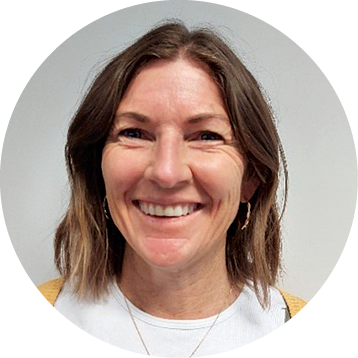
Chelsea Donnelly - Enviroschools coordinator
Introducing Chelsea Donnelly, our brand-new Enviroschools coordinator.
Chelsea lives just outside Alexandra on a lifestyle block with her husband, three sons and a menagerie of animals.
“We attempt to grow some of our own food, sometimes successfully, sometimes not,” she says.
“I am really looking forward to working with the Enviroschools programme after watching the great work that has been achieved in our region inspiring students, teachers, and parents.”
Chelsea is looking forward to growing opportunities for environmental stewardship at her old school, Dunstan High, and spreading the sustainability message through her work with schools in Central Otago.
North Otago Sustainable Land Management (NOSLaM) aims to educate, assist and encourage the North Otago farming community to farm together with sustainable land management objectives and practices.
With 350+ farmer members, 31 riparian sites with 35,800 plants in the ground, 70+ stakeholder groups involved in planting and 480 community volunteer hours every year, NOSLaM are a great catchment group who do a heap of work in our region. They recently teamed up with Otago University’s New Zealand Marine Studies Centre to help educate school children on how keeping their waterways clean affects sea life.
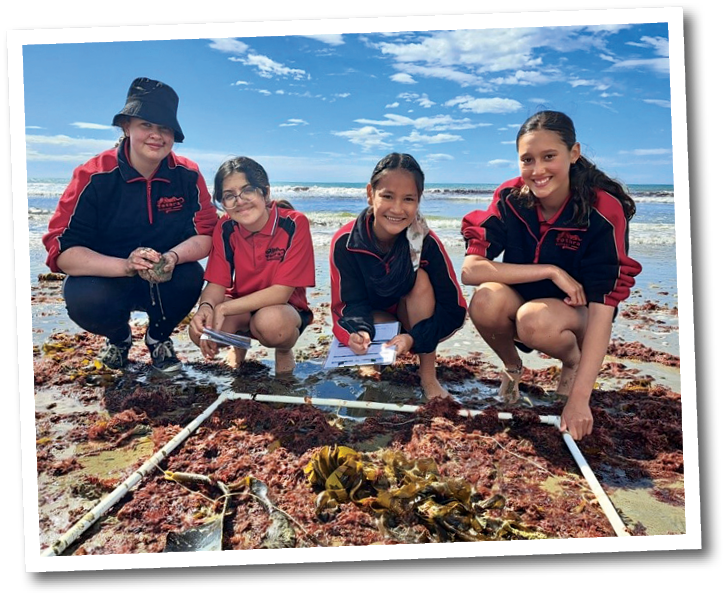
Totara School pupils (from left) Lucy Harrison (13), Kura Ainsley (12), Chelsea Yumo (12), and Amelie Tartonne (12) carry out a Marine Metre Squared study at Kakanui River mouth. Photo: Ashley Smyth
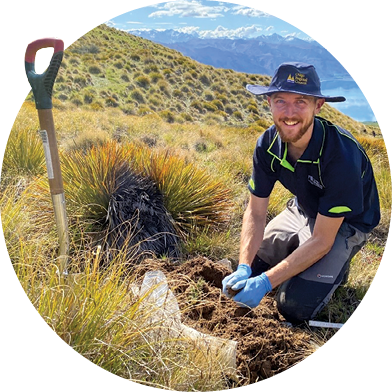
Mountain high, valley low...soil scientist Dr Erik Button
Our soil health monitoring is a long-term programme that samples from a range of sites revisited every five years.
This programme is designed as a ‘canary in the coal mine’ warning system — not only for our primary industries but for everyone who enjoys the outdoors. In Otago, there’s a huge range of elevations, climates and environments. This resulted in the formation of diverse soils — from volcanic soils around Dunedin; wet gley soil in the Taieri Plains to dry, semiarid soils in Central Otago. These have different characteristics, environmental risks and opportunities.
In soil science, ‘young’ is thousands of years old and ‘old’ is hundreds of thousands to millions of years old. While our soils are mostly babies compared to, for example, Australian soils, you’re still time travelling every time you dig a hole.
The programme collects information on the soil’s physical, chemical and biological condition at each sampling site. By including sites of different soil types, land uses and climates, monitoring how these change over time will help us understand where and why changes may be occurring and how to protect this important resource for us and future generations to come.
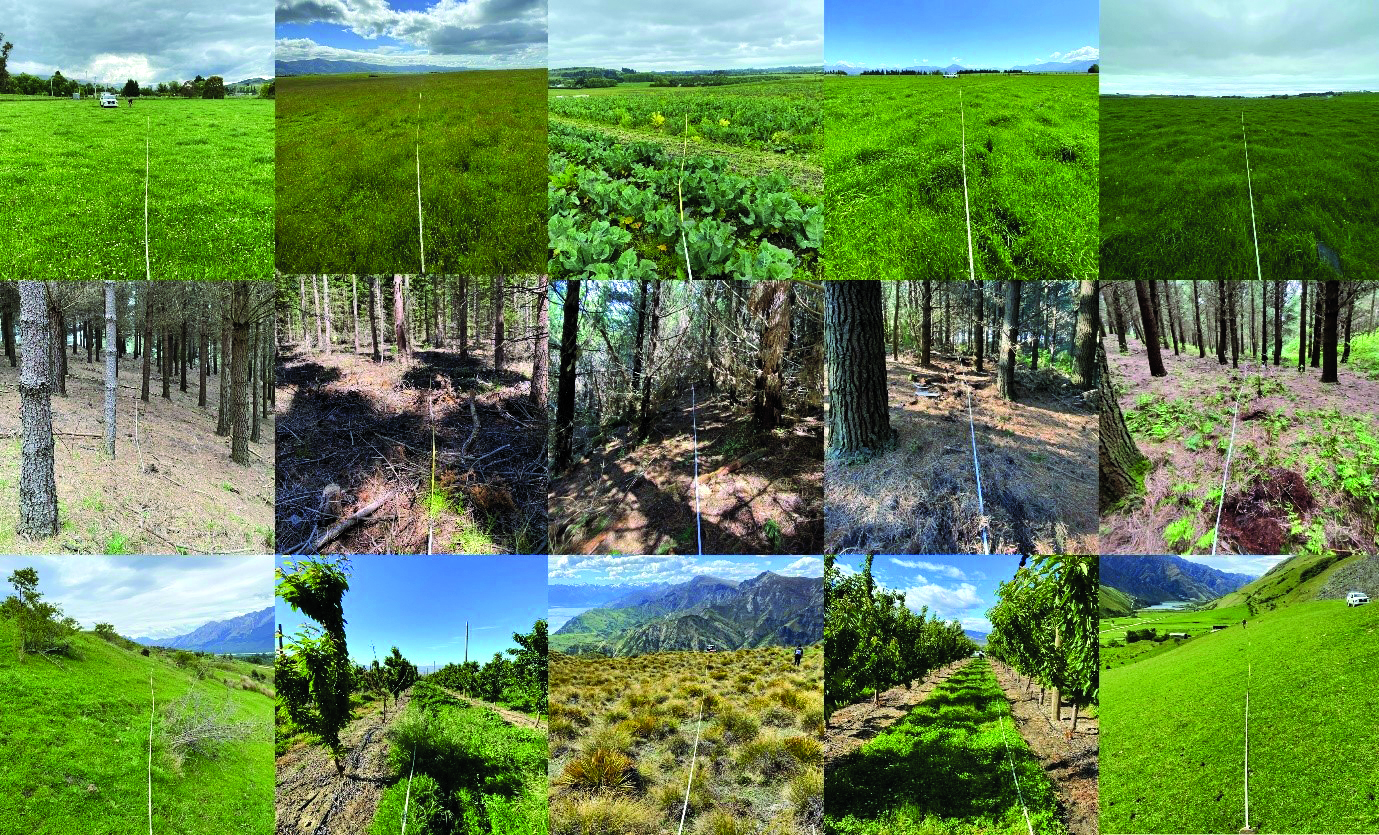
Some of Erik’s field work in 2023
Our Biosecurity team works hard to prevent new pests from establishing themselves in our region and is currently gathering information on these three pest plants below.
This is where you can help, pest detectives! Let us know if you spot these villains this summer:

Purple loosestrife is a pretty, purple pest that invades damp ground and shallow water, forming impenetrable barriers, destroys habitats, and food sources, and can cause flooding.

Rough horsetail is a reed with an extensive underground stem system that is hard to dig out and herbicide has difficulty penetrating. Its spores are toxic to stock, it spreads quickly, contributes to the deposit of sediment in creeks and streams and can alter the course of water.

Wild ginger produces a ginger-scent, lemon-yellow flowers and is extremely tolerant to shade, drought and frost once established. It is fast growing, seeds easily and can replace all other species where it grows.
Photos: Weedbusters
If you spot purple loosestrife, rough horsetail, or wild ginger, let us know by calling 0800 474 082 or emailing biosecurity@orc.govt.nz with a photo and clear description of the location.
Let’s work together to keep these pests out of Otago!
For more information on pest plants we’re trying to reduce in Otago, visit our Pest Hub: orc.govt.nz/pesthub
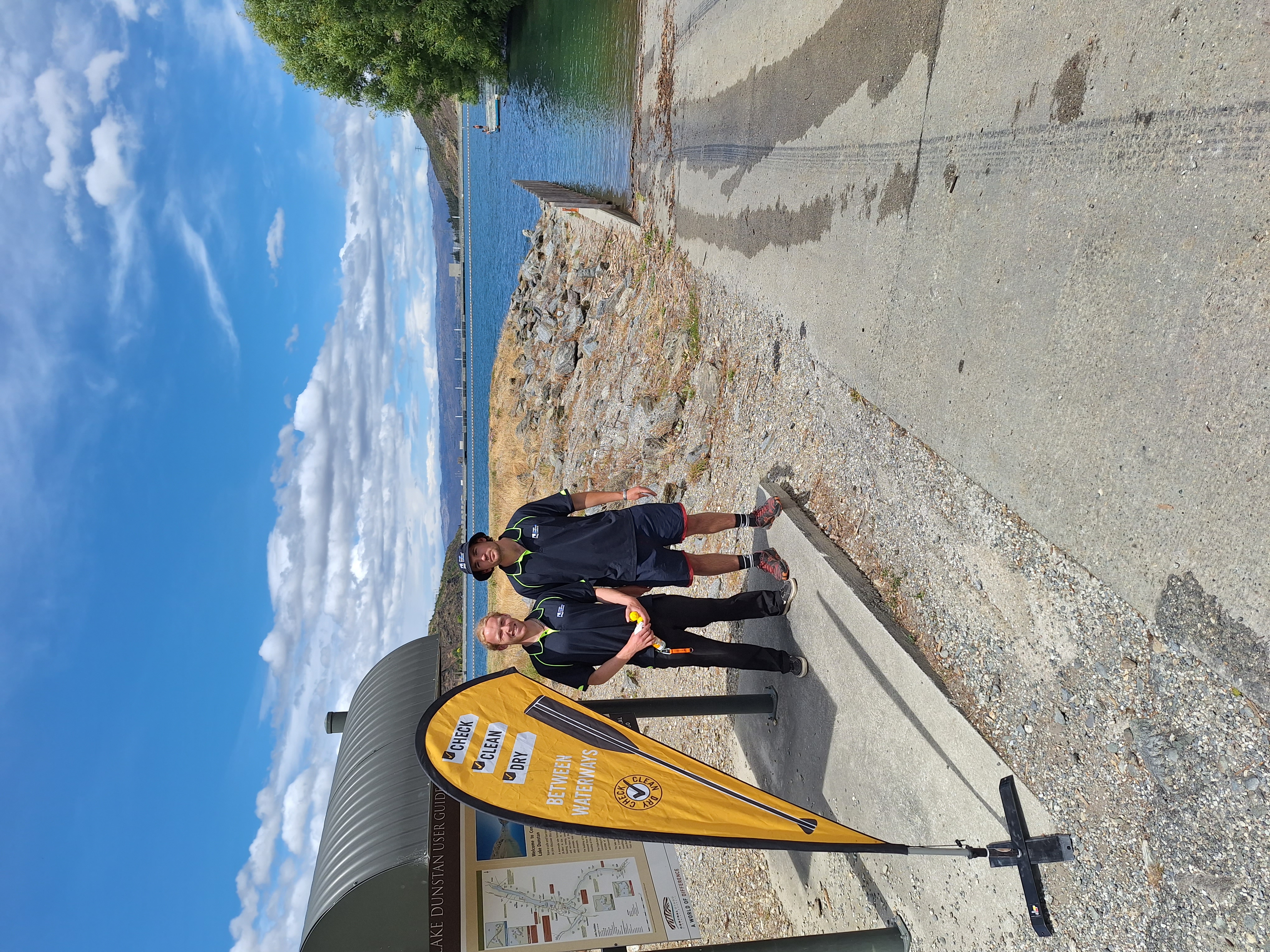
Ollie and Angus, our two new summer advocates, are tasked with keeping aquatic pests front of mind for those enjoying freshwater recreational activities this summer.
When he’s not out talking to people about preventing pests in our waterways, Wānaka local Ollie can often be found surfing the Hāwea standing wave, while keen fisher Angus is enjoying getting to know Otago’s waterways.
Aquatic pests such as didymo and lagarosiphon can spread very easily between waterways on people’s equipment and vessels, but if boaties, kayakers, paddle boarders, jet skiers and other visitors follow these steps, it will help to minimise that risk:
- Check Remove any plant matter from your gear and leave it at the site (the river or lake bank) or put it in the rubbish. Don’t wash plant material down any drain.
- Clean There’s more than one option for cleaning your gear — choose the one that’s best for your situation and your gear.
- Dry Ensure your gear is completely dry to touch, inside and out, then leave dry for at least another 48 hours before you use it (didymo can survive for months on moist gear).
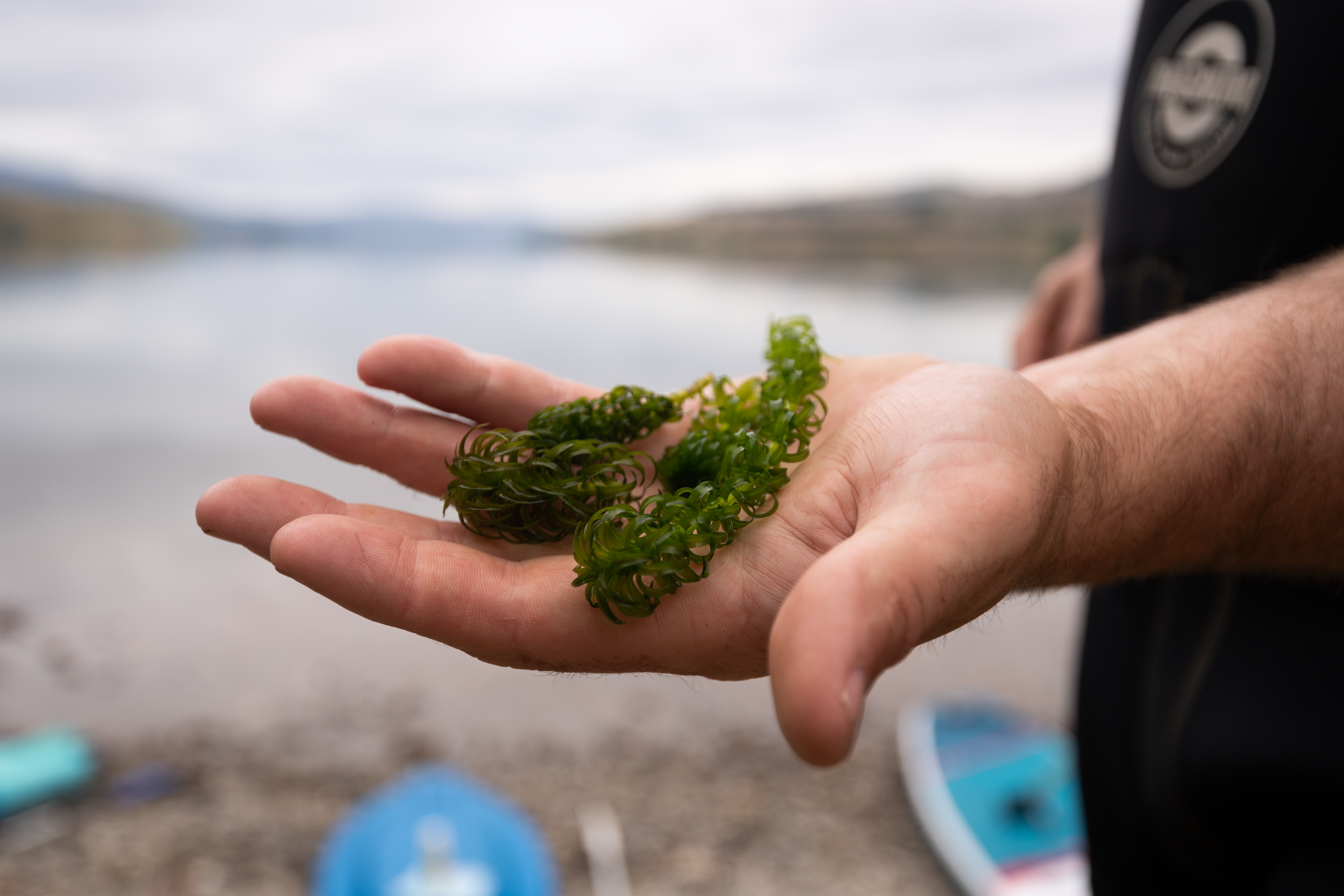
Lagarosiphon

From Waikouaiti to Wānaka, Clyde to The Catlins and across Dunedin, find information about river levels, rainfall, groundwater and more on ORC’s Environmental Data Portal.
Featuring more than 350 monitoring sites, the portal has comprehensive and up-to-date data when you need it.
Check it out: envdata.orc.govt.nz
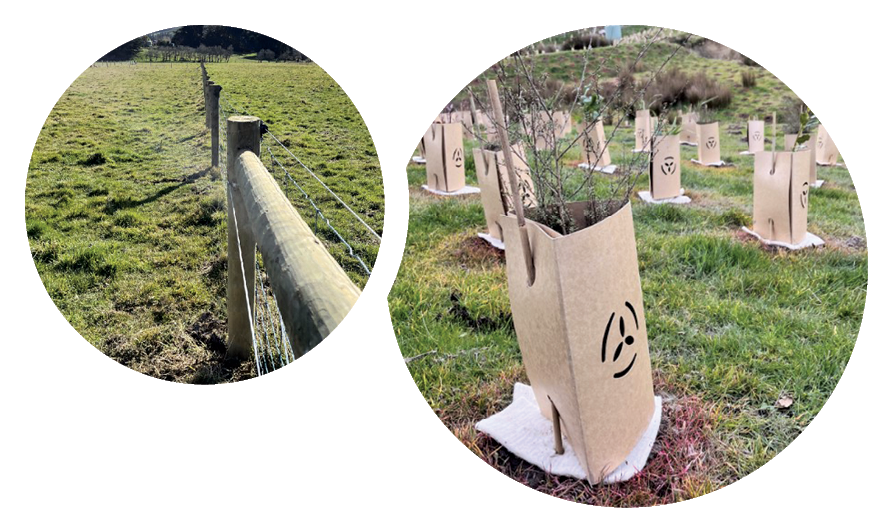
Toitū Te Hakapupu is a partnership between ORC and Kāti Huirapa Rūnaka ki Puketeraki, focused on improving the health of the wai (water) in East Otago’s Pleasant River catchment.
The well-underway $5.2 million restoration project comprises $786,000 of ORC funding, supported by nearly $4 million from the Government’s Jobs for Nature programme and a landowner contribution equal to 25% of the value of work completed on their land.
Last year saw a lot of planning come to fruition, with 4.5 km of fencing constructed around waterways and over 22,000 natives planted, thanks to the Aukaha planting team, fencing contractors, landowners and the community.
These efforts will help stabilise riverbanks, exclude stock from waterways and improve the water quality in the catchment.
Find out more and sign up for updates at orc.govt.nz/tehakapupu
Ōtepoti Dunedin’s draft Future Development Strategy is now open for consultation.
The Future Development Strategy will:
- show the broad locations for housing and business land capacity (in existing and any new urban areas) over the long term (30 years)
- outline the strategic infrastructure required to support and service growth, including transport, Three Waters, and parks and recreation facilities; and
- outline any constraints on development.
ORC and the Dunedin City Council are jointly developing the strategy in partnership with mana whenua and supported by Waka Kotahi and Kāinga Ora.
Give us your feedback on the options identified for long-term growth and the infrastructure we need to support it and create well-functioning urban environments — all while achieving the good stuff, such as reducing carbon emissions, building resilience to natural hazards, and protecting and enhancing biodiversity values. There will be public information sessions in early February. Submissions close on 28 February.
For more information, visit dunedin.govt.nz/future-development-strategy
